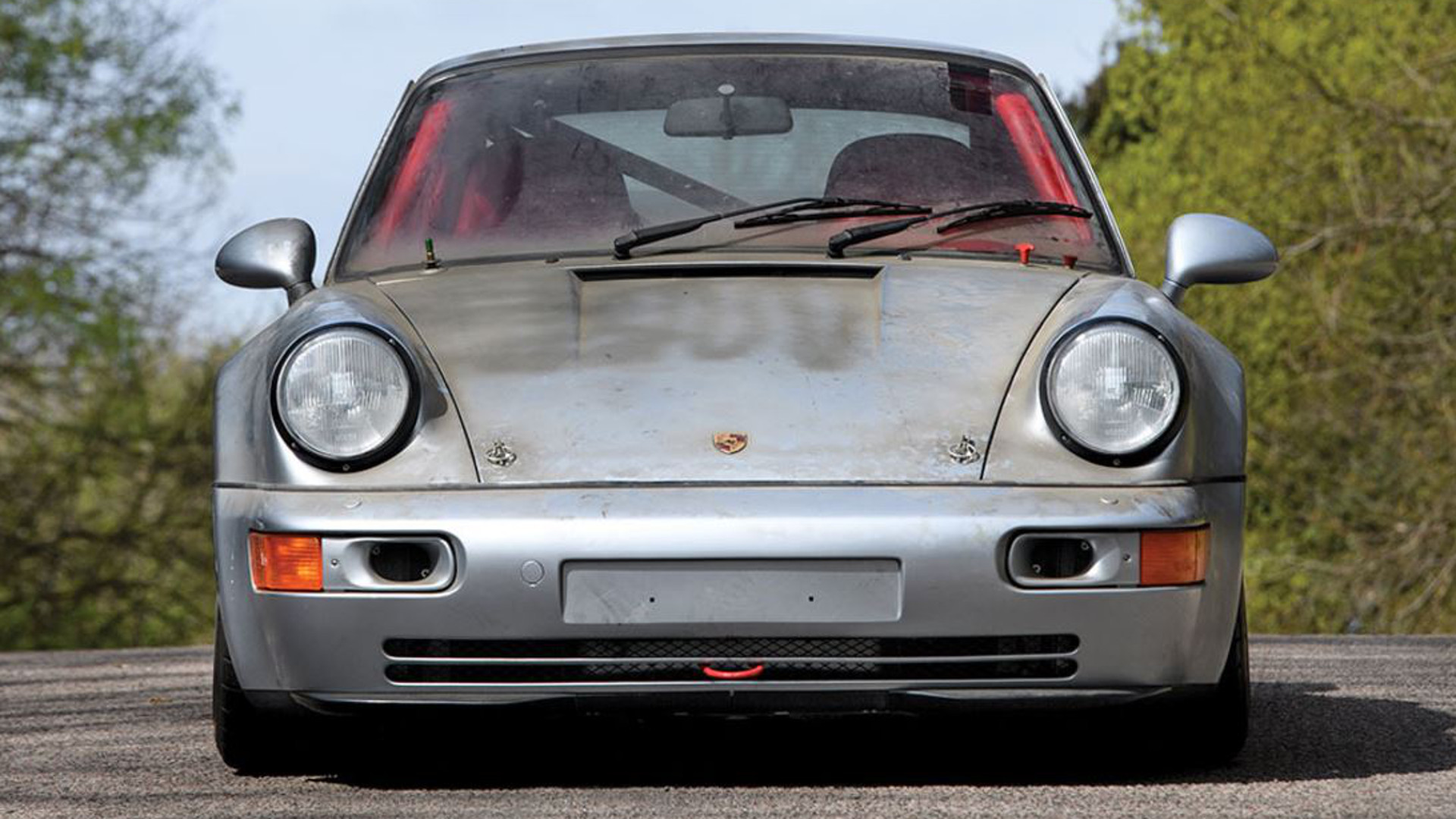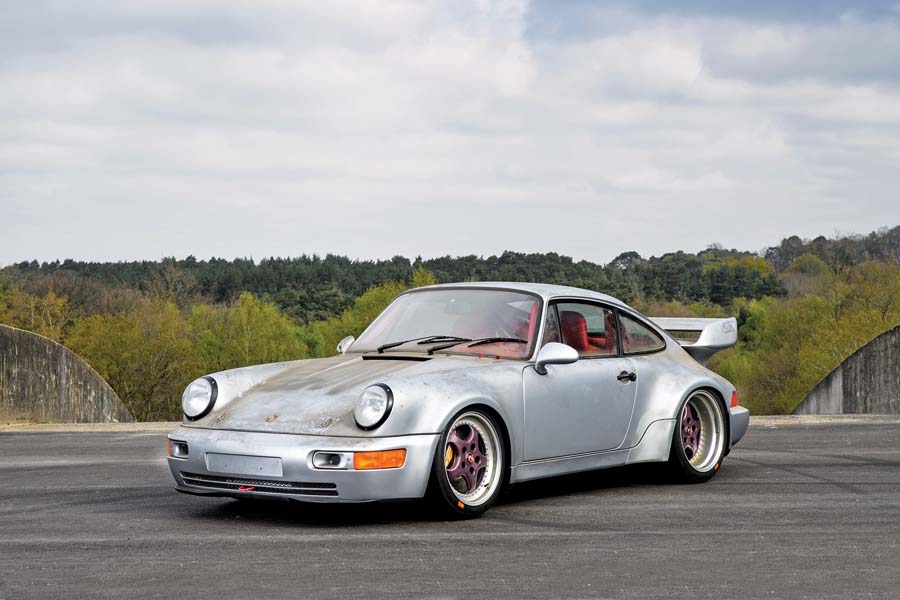(1993 – 1994) Porsche 911 Carrera 3.8 RSR (964) – Ultimate Guide
Every so often, Porsche creates a short production run of cars that celebrates the attributes of one of their special models. In 1993, the Stuttgart engineers decided to develop a race version of their 911 Type 964 Carrera RS, aptly named the Carrera RSR 3.8, and aimed it squarely at the race track.
With the 1993 Carrera 2 as the starting point, Porsche had to make at least 50 roadgoing cars in order to qualify this new model for the Carrera ADAC GT Cup, which served as the basis for a motor racing variant to come, the Carrera RSR 3.8. The RSR 3.8 was nothing short of an all-out race car that could be delivered to the track in a ‘just add driver’ form. The Porsche Carrera RSR 3.8 racked up a catalogue of impressive international race results right from the outset, winning overall at the Spa 24 Hours, Suzuka 1000km, and the 24 Hours of Interlagos. There was also a class victory in the 1993 Le Mans, a 1-2-3-4 class sweep at the Daytona 24 Hours (Le Mans GT-2 class), and another class victory at Sebring.
While retaining the same 76.4mm stroke of the 3.6-litre, the bore was stretched to 102mm, increasing the engine capacity to 3746cc. The engine (Type M64/04) of the RS 3.8 was further tweaked for the RSR with racing cams and the output varied from 325bhp to 375bhp, depending on the restrictors fitted according to the different class regulations applicable. The intake system featured six individual throttle valves, located near the intake ports for quicker throttle response. Larger valves were also used, the intake valves were increased to 51.5mm and the exhaust valves 43.5mm, but port sizes remained unaltered. The compression ratio was increased to 11.6:1. In its unrestricted form, the RSR 3.8 developed 375bhp, but fitted with a 48mm restrictor in its 1993 Le Mans dress, output dropped to 360bhp. The RSR was fitted with the same 5-speed gearbox as found in the RS 3.8, and selected gearing gave it a top speed of around 175mph.
Gone was the extendable rear spoiler of the C2 and C4 roadgoing models, and mounted in its place was a double rear wing of substantial proportion. This made sure that the back end stayed really firmly planted on the road. The fibreglass engine lid was made as a single piece together with the rear wing assembly. To reduce weight, the doors and bonnet lid were made of aluminium, while the side and rear windows were of thin-gauge glass.
The wider Turbo body was fitted which allowed for the bigger Speedline rims that carried 9J x 18 rubber at the front and 11J x 18 at the rear. The suspension was competition tuned with Uniball spherical joints fitted, and the entire running gear is fully adjustable. Bilstein racing shocks, a racing clutch and adjustable anti-roll bars are also fitted. The RSR was equipped with 911 Turbo S brakes, retuned racing ABS with competition pads, and cockpit-adjustable anti-roll bars.
The combined production of both the roadgoing and racing model was limited to just 100 cars, made up of 55 Carrera RS 3.8 road cars and 45 Carrera RSS 3.8 race cars. The Carrera RSR 3.8 could have been yours new for DM270,000 ($166,700). If you missed getting a new one back in 1993, you can buy a ‘new’ one now at auction through RM Sotheby’s for an estimated €2.0-million to €2.2-million. With just 10 delivery kilometres on the clock, this extremely rare Carrera RSR 3.8 vanished into a private collection in 1993 where it remained untouched and never driven for almost 25 years. It is still covered with its factory-applied Cosmoline coating!
















